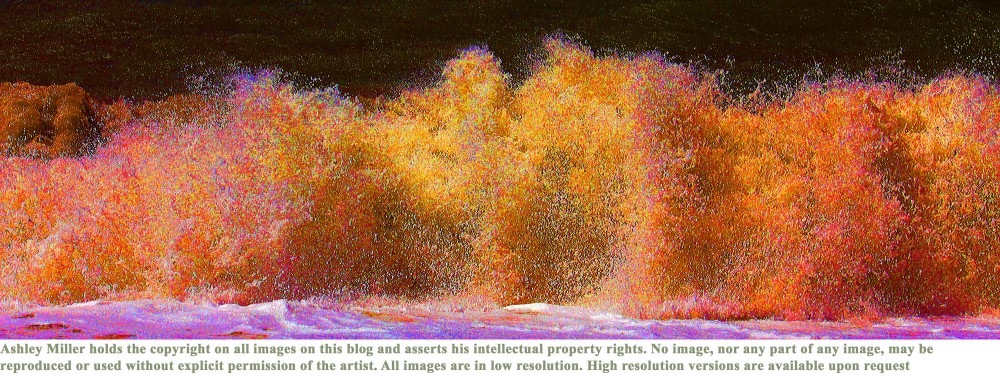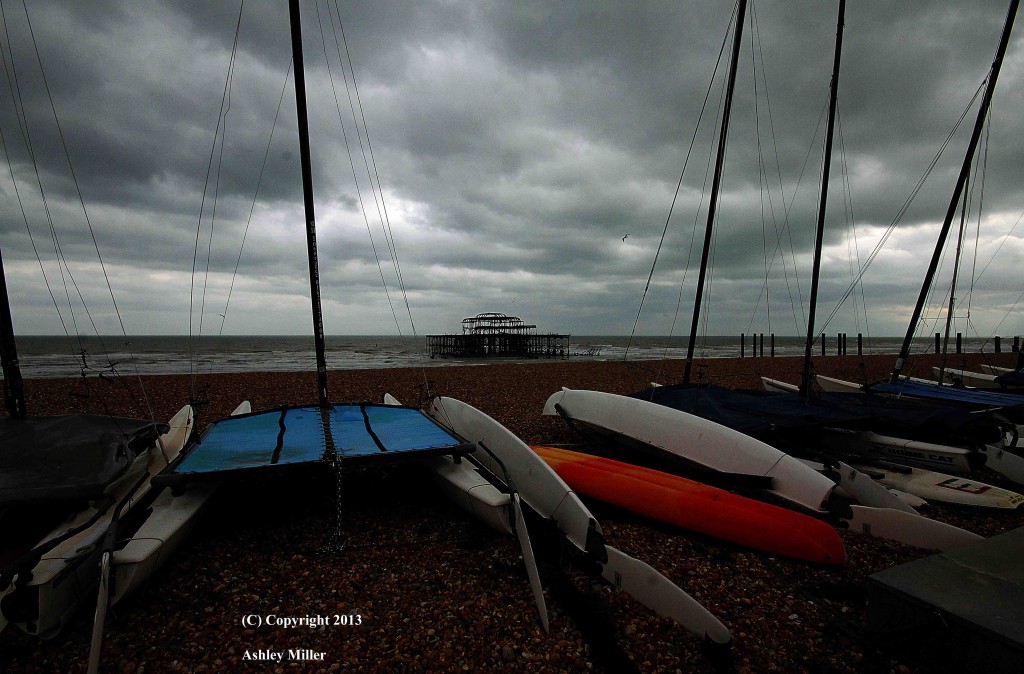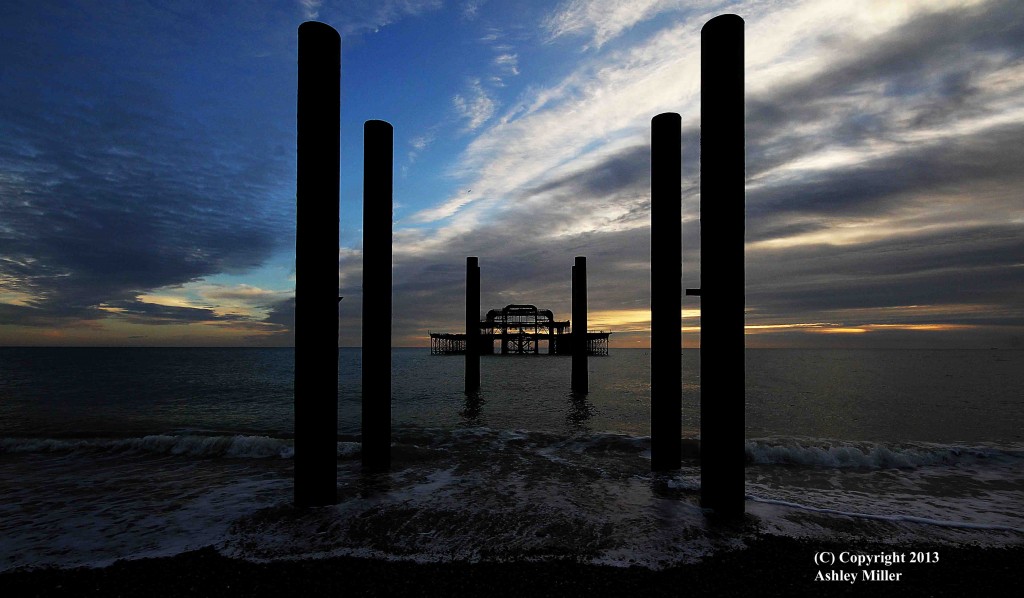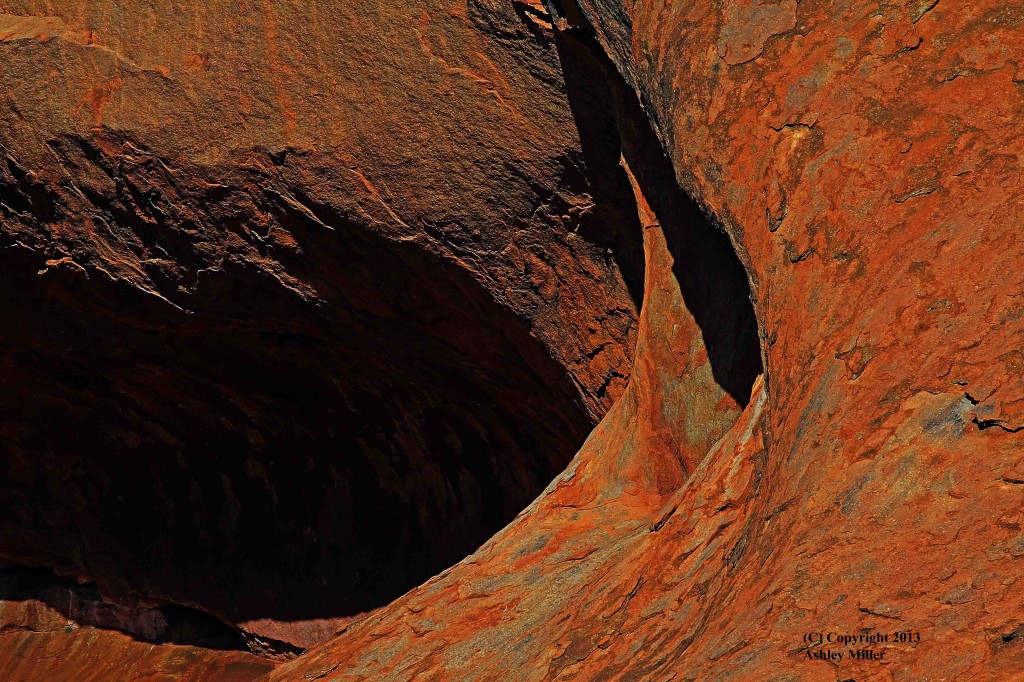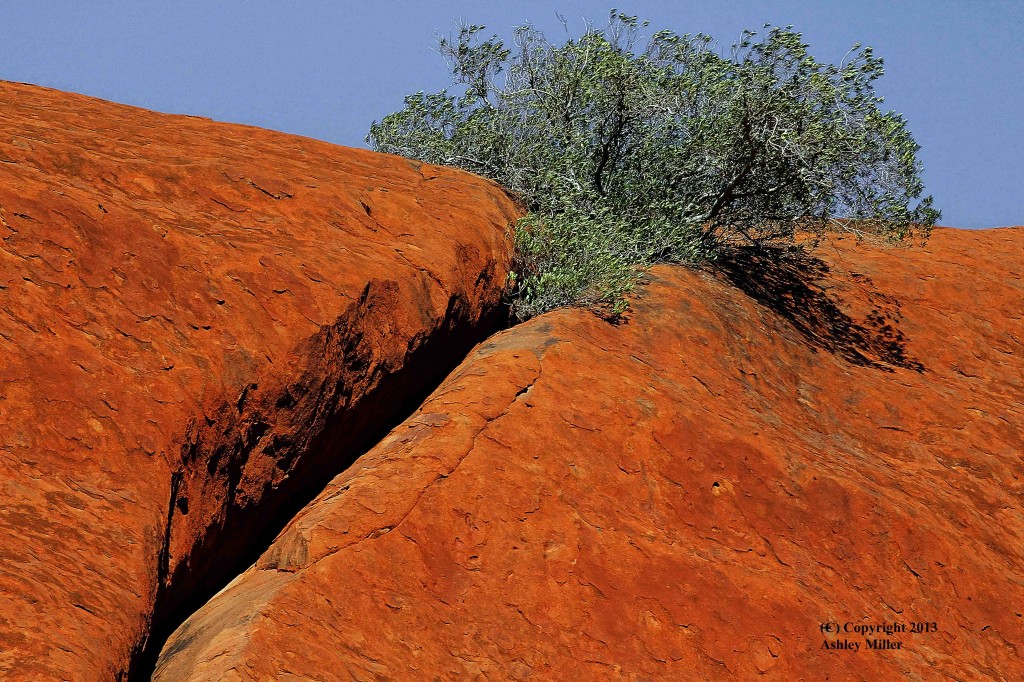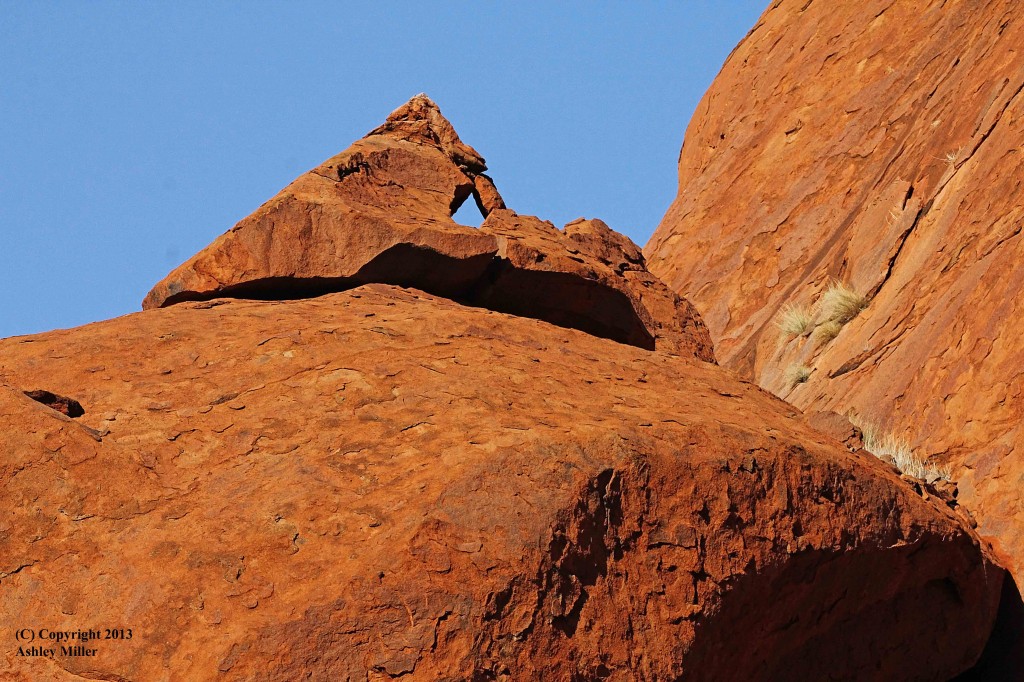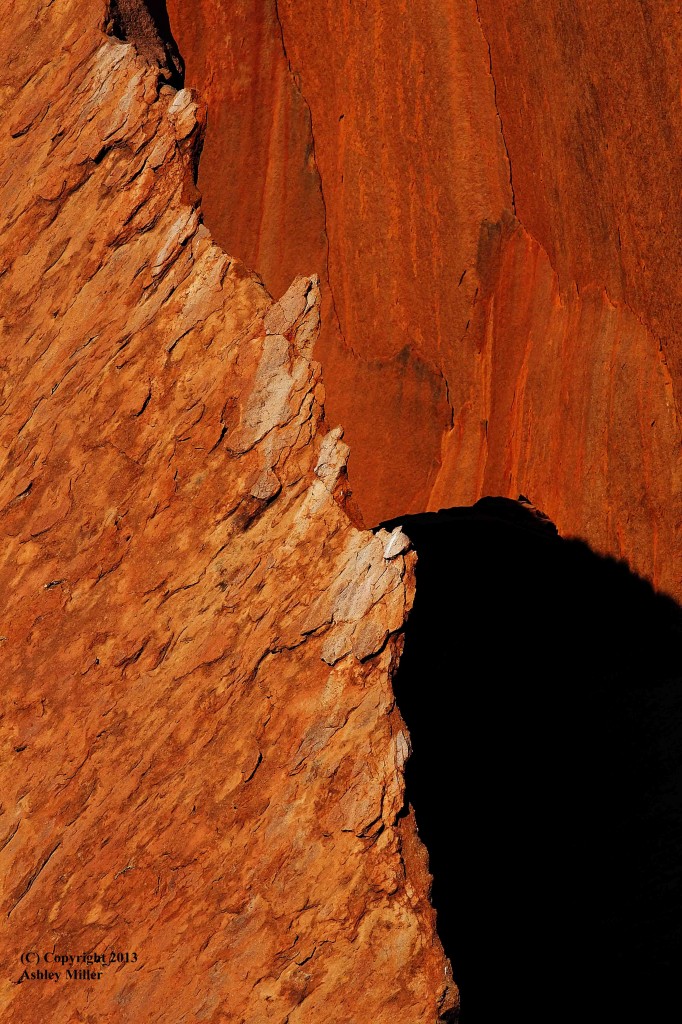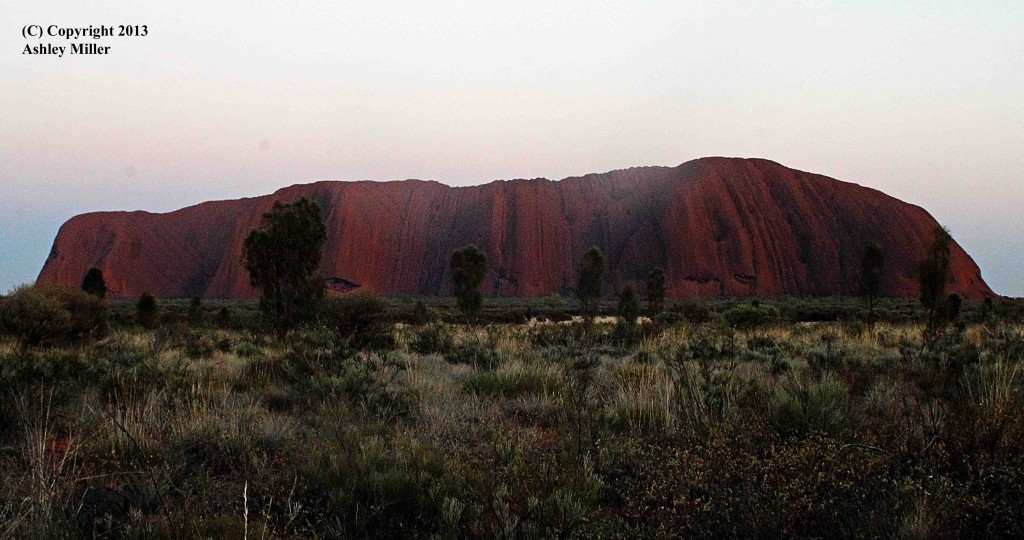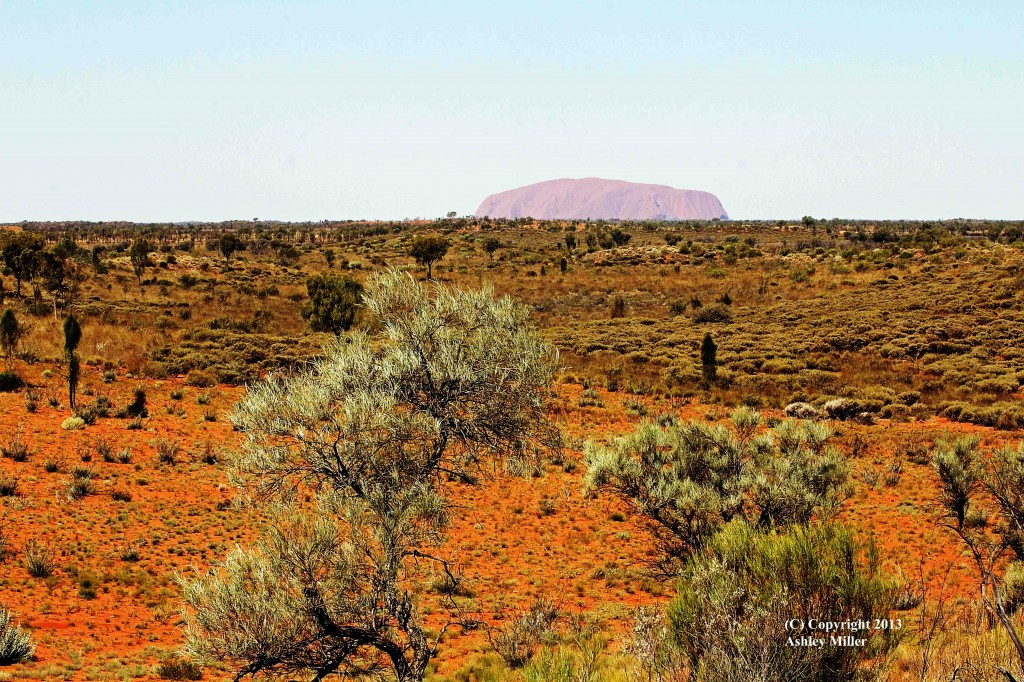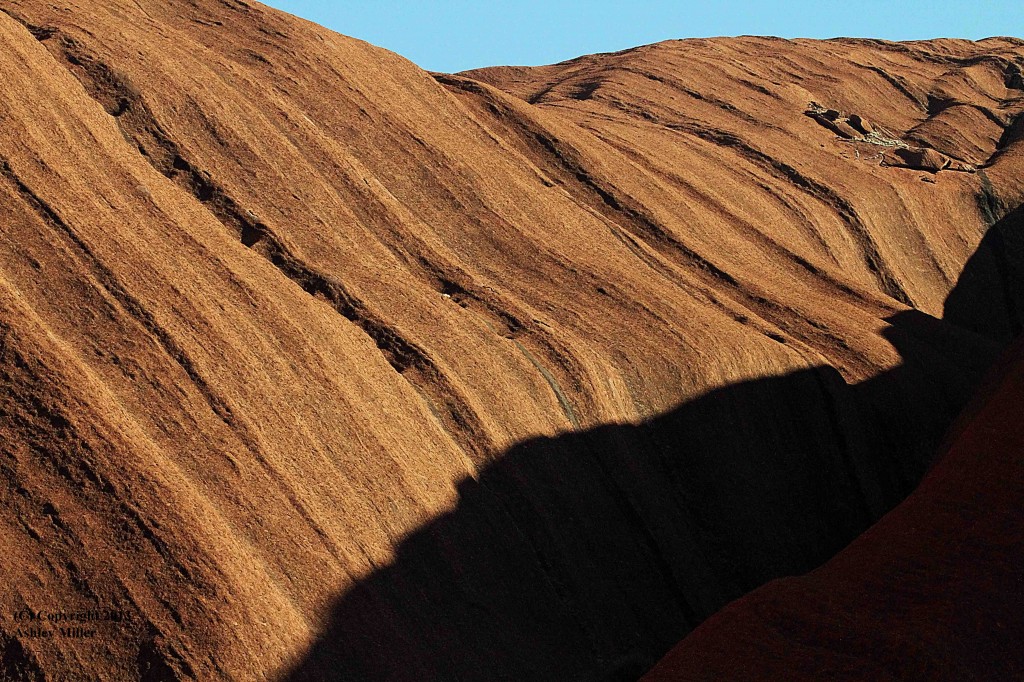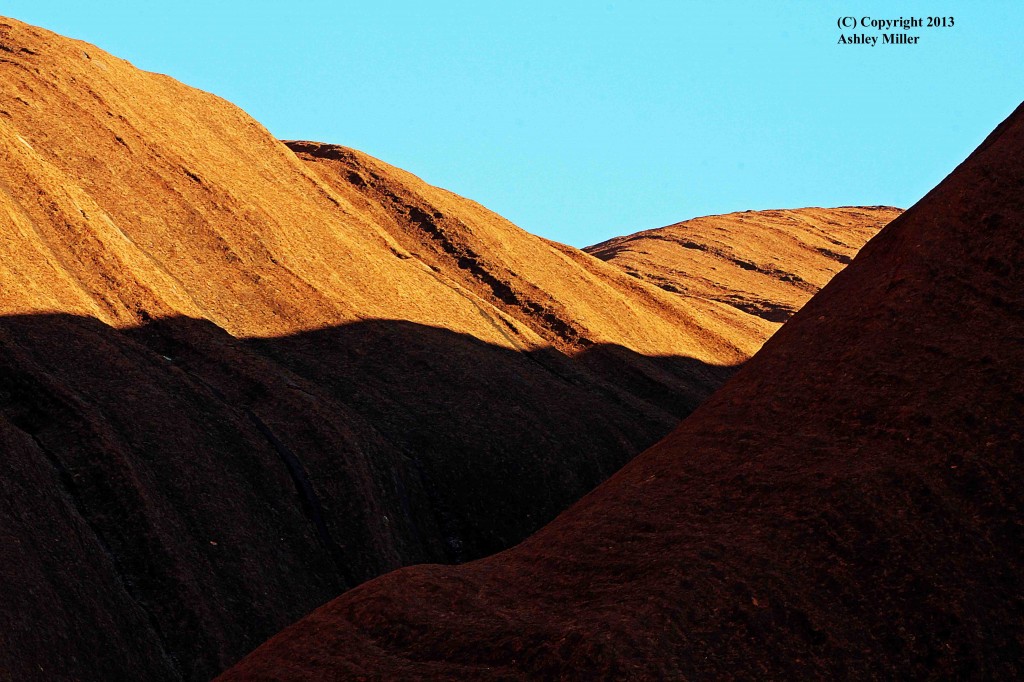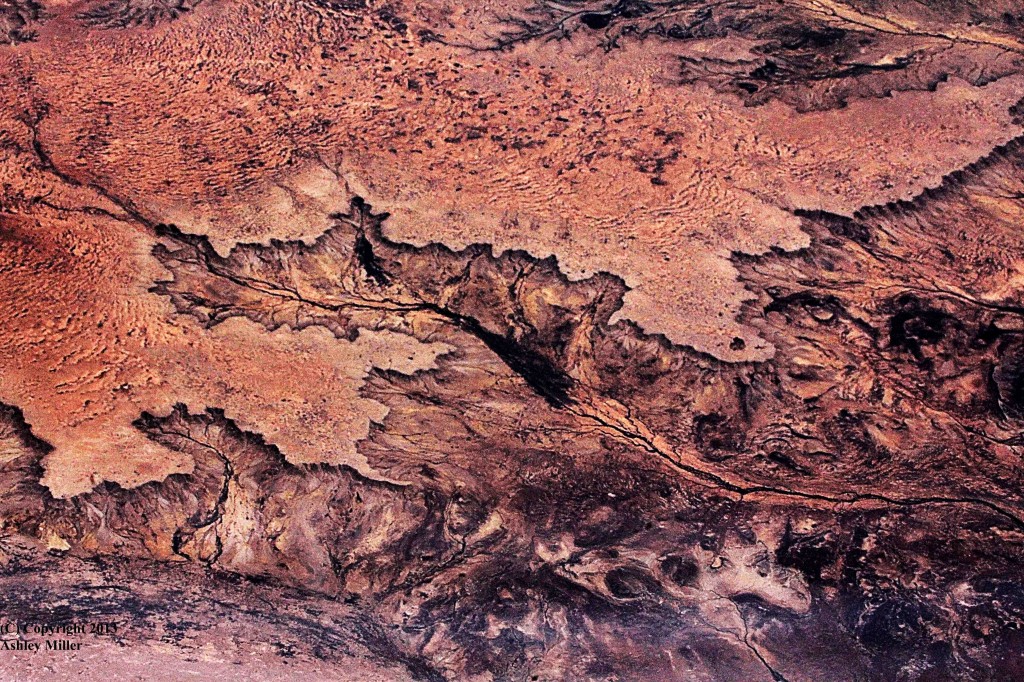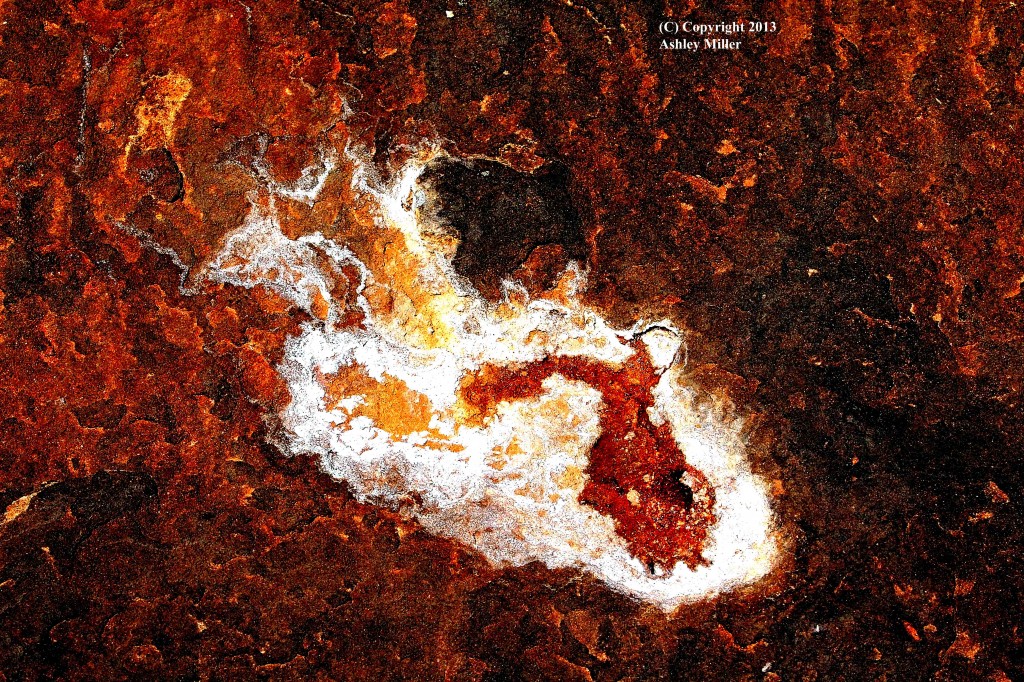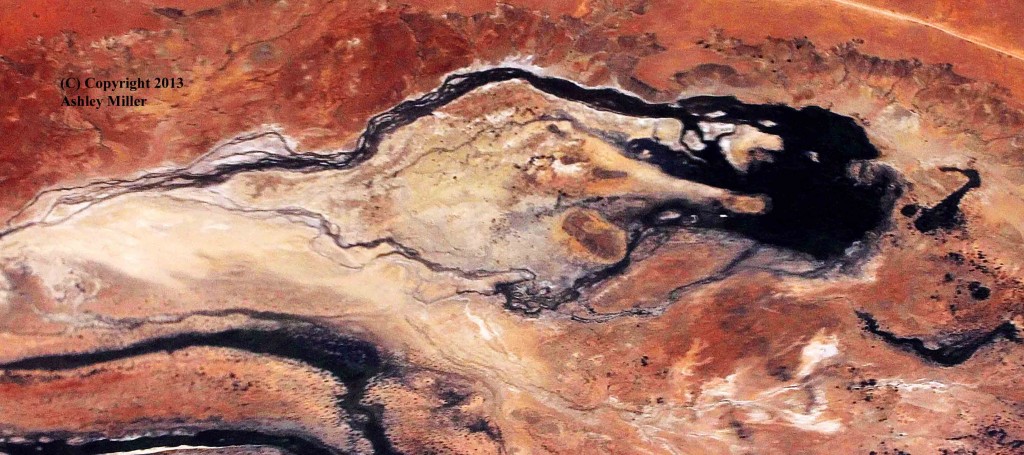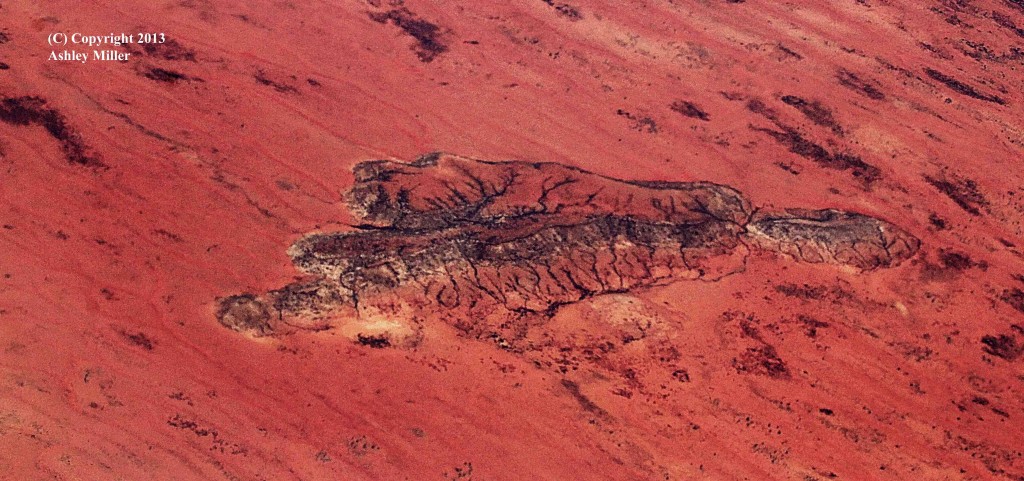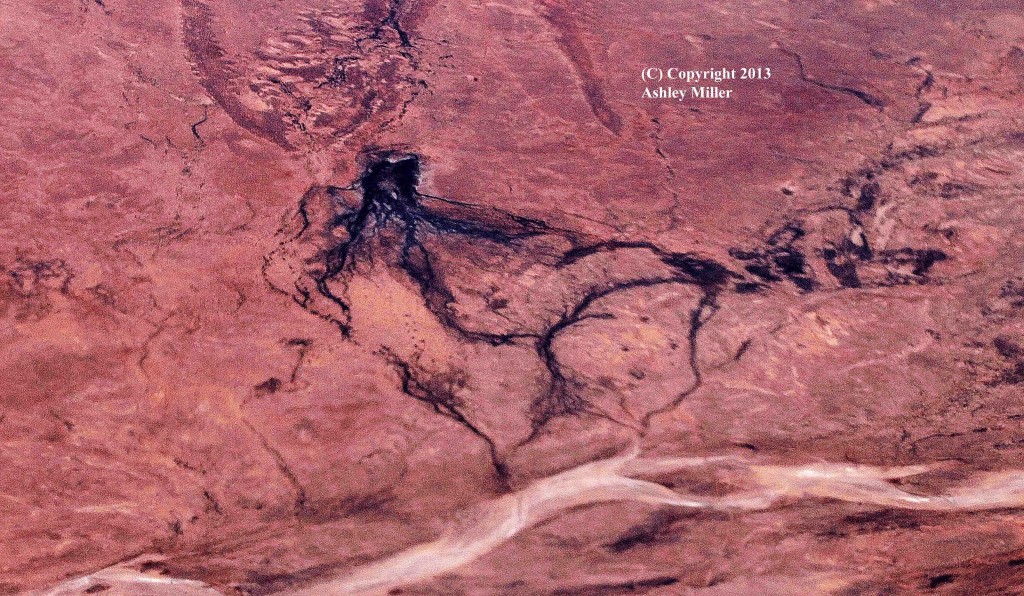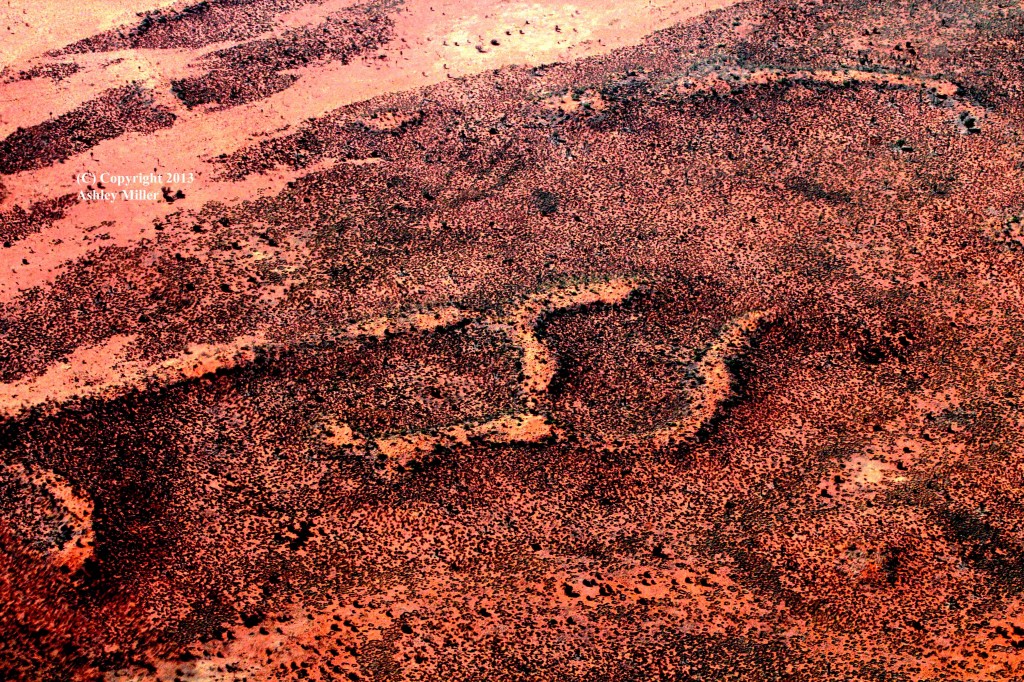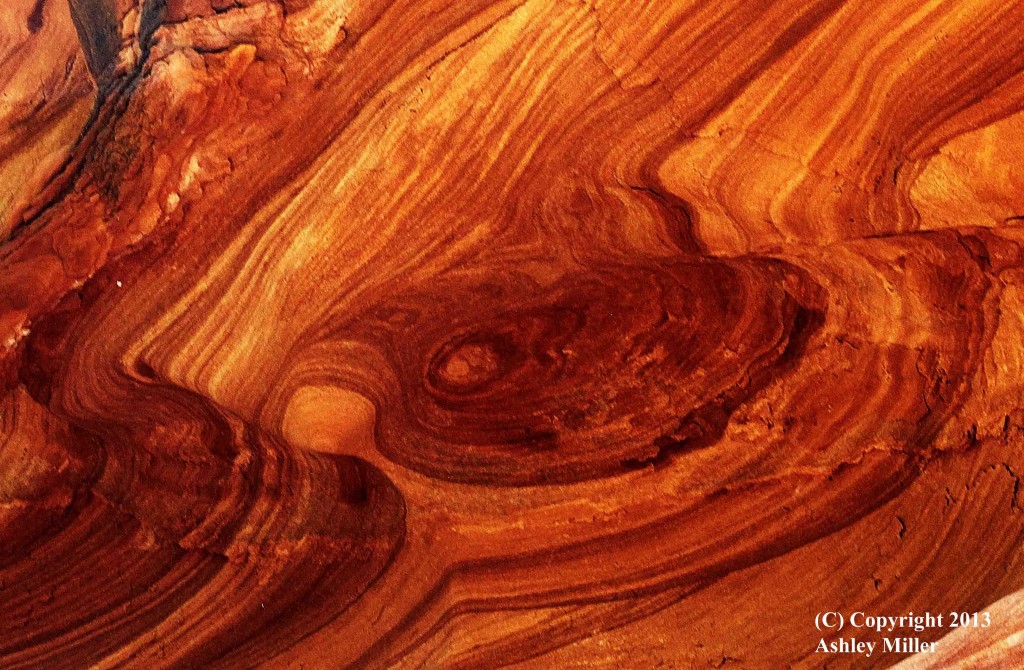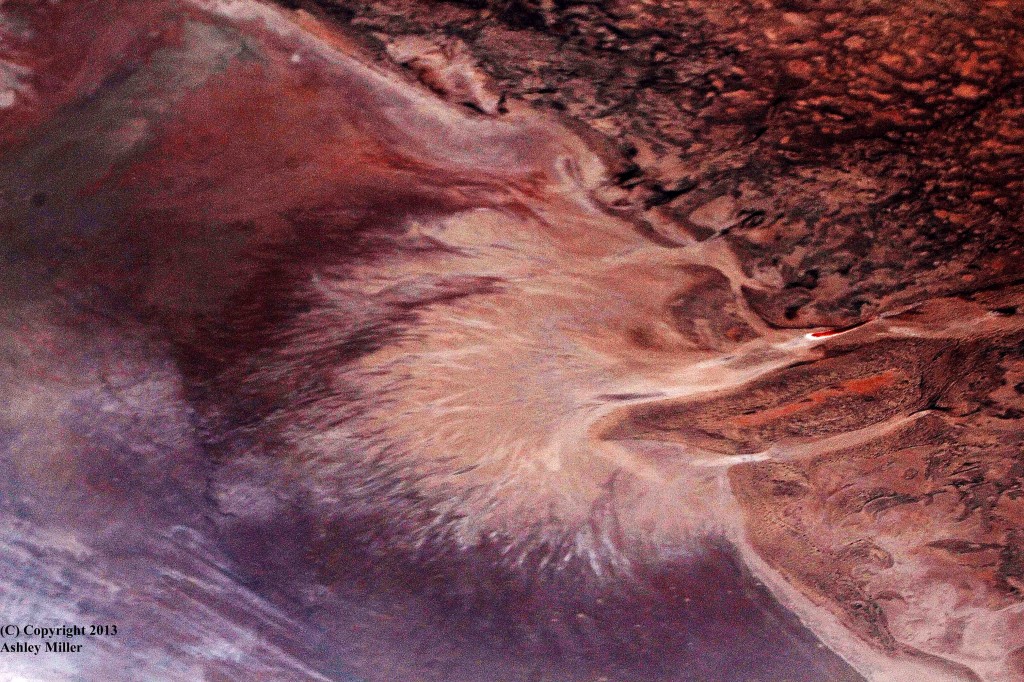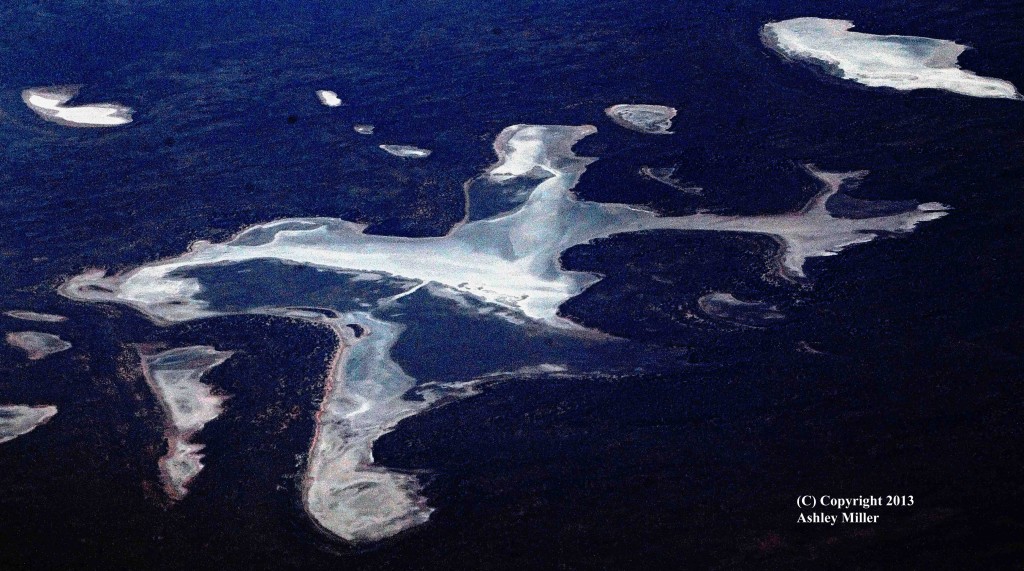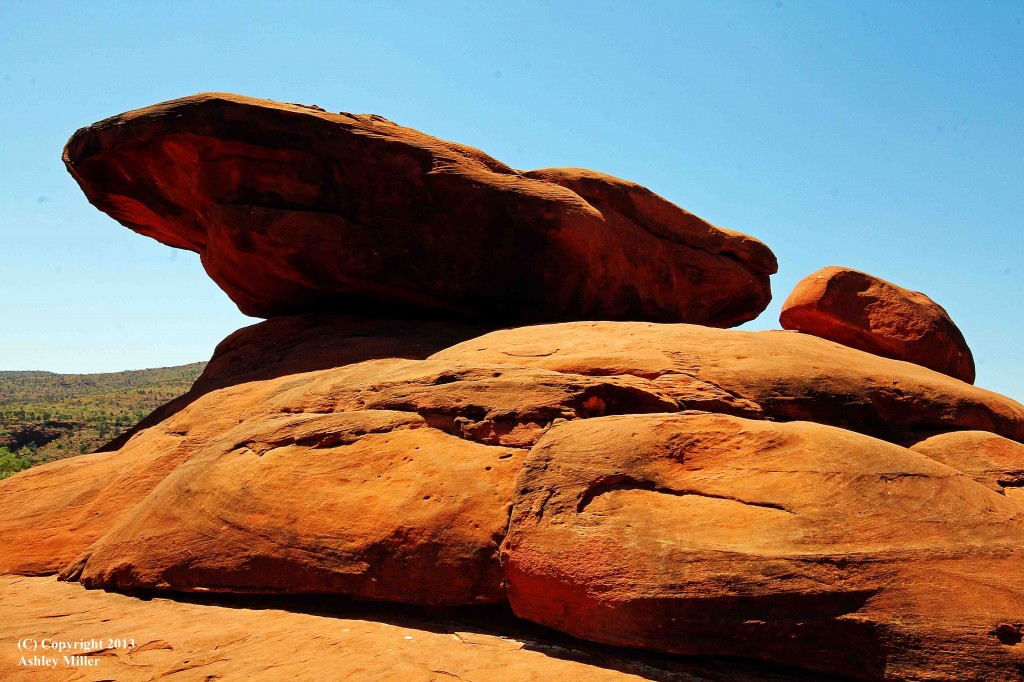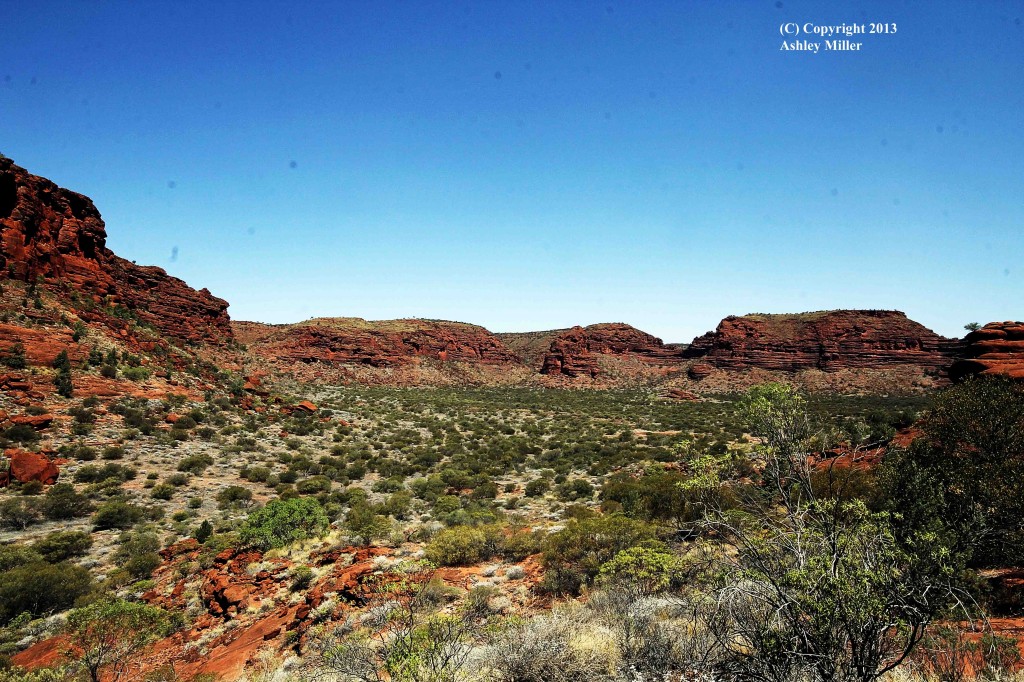I had a couple of occasions last year to go to Brighton; for my overseas subscribers, a seaside town on the south coast of England. It is a curious place; kind of grubby, grungy, chic, bohemian, trendy, seedy, elegant , vulgar, expensive, cheap … a mass (or mess) of contradictions. The beach looks south, France is just over the horizon but the impression is of open sea and big sky. It is just a plain pebble beach, no streams, cliffs or rocks so a landscape photographer has their work cut out for them. And the best options are to combine the big skies with the man-made features. The local scenery includes the burned hulk of the west pier, whose post-arson skeletal remains do indeed provide a number of opportunities to those who look. Of course the first image with a dark stormy sky was taken in the British summertime, whilst the lighter pretty sunset was in the wintertime. Gaia loves to play with the British weather; we have so much of it and talk about it all the time.
Monthly Archives: November 2013
Uluru End – For Now
These two images will end the current series on Uluru. They again show small details, stark in the early morning light. Only the first glimmerings give the subtle shades and golden hues that a photographer seeks at dawn and dusk elsewhere. In Northern Territory the transition to stark and bold is very quick; but at least the photographer is spared the almost unmanageable contrast of the midday sun; not to mention the searing heat.
I love the first of these images for its many textures, bold curves and dark shadows.
The second has much simpler lines, yet still the same bold light. And then there is the shrub. In this harsh unforgiving landscape where it rains so seldom and so little this shrub is using the little water that persists, well for a little while, in the rock crack. Unlike its cousins that send deep roots inton the desrt floor seeking for the aquifier this survives off the little water that Gaia sends and the crack retains. Life is extraordinarily tenacious and resourceful here, from shrubs, through to the aboriginals themselves. Life is amazing.
Beauty in the Detail
Sometimes a landscape photographer takes shots of the grand view; actually that is what most do. And there is true beauty in the grand shots. Yet I frequently find myslef fascinated by the small details and find just as much beauty there. These shots were indeed taken at Uluru and I find as much beauty in the detail as in the grand shots.
And if you go to Uluru please don’t climb the rock. Firstly it is sacred to the Anangu people who live around it; imagine someone abseiling down your church, temple, mosque or whatever in the middle of a service. And secondly they feel responsible for the rock, so any accidents, deaths incurred by climbers are their responsibility … and people do die on the rock.
The Standard Shot
The next series of images will be from Uluru, called Ayers Rock by the early European explorers, but the aboriginal Australians got there 35000 years earlier so I reckon it’s their call. This first shot is the standard tourist image taken at sunrise. Very pretty yet I will have the same photograph as the couple of hundred other visitors around me that morning; and, with some small variations, much the same as the couple of hundred on the previous day, the next day etc.
So I tried for something a bit different. This next shot was taken from Kata Tjuta (Mt Olga to the aforementioned explorers) and it shows something of the vast outback, and though Uluru only rises 350m above this undulating desert , the impact is quite startling; and imagine the impact on the aboriginal ‘explorers’ 35000 years ago who, instead of 30 mins bus ride from the resort, or even a few months on horseback, may have been migrating for years across this open landscape and suddenly this rock comes into sight.
And I also photographed details of Uluru during the early morning light. Geologically it is arkose sandstone, harder than surrounding rocks with no significant jointing and homogenous across bedding planes with no clear sedimentary discontinuity across the planes and with the planes being tilted on end by mountain building about 400 million years ago. Aesthetically and artistically this resistance created a remnant mountain, last man standing after all else around it had been destroyed by the years, with swooping gullies where the occasional rains create torrents that will eventually destroy even this grand old remnant, and curves and lines from vertical planes, windblasted and sculpted. A place of age and spirituality, of strange shapes and a place to explain and teach how things came to be.
NB I give the figure of 35000 years ago for arrival in the centre but there is much academic debate and the archaeological date evidence scant . Aboriginals Australians arrived on the continent at least 40000 years ago, probably 60000 years ago and possibly 80000 years ago. They arrived from SE Asia across the Torres Straight at a time when glaciation (elsewhere in the world) lowered sea levels and made a dry land crossing viable.
Frills for Gaia
I had intended the previous post to end the series of Australia from the air but I could not resist this one. All those frilly bits, Slartibartfast (look it up if you do not know) would be proud. The colours are not photoshopped; just as the sky appears blue from the ground because the white light of the Sun has been refracted by the thick layer of the Earth’s atmosphere so the ground appears bluer from the air from the same effect. More geomorphology than geology this one; some frills for Gaia.
Australia from the air
I have flown over Australia a number of times and have been profoundly puzzled by what I saw. What were these shapes and patterns, what did they represent. They looked so different to the views flying over North America, Europe, Africa or Asia; long straight lines for miles and miles, strange curved lines, and river like patterns but where rivers only flow once every seven years. And at last I think I begin to understand. When I fly over Europe I see cities (well not much of that in the outback for a start) and fields, forests, lakes and occasionally jagged mountains. Over Australia I see geology. The continent is old, sits on its own continental plate with no plate boundaries and, other than some now extinct volcanic activity in the south-east, some 40 million years ago,when it bid farewell to Antarctica and started a long slow journey to Asia it has been geologically stable and quiet for some 400 million years. So its jagged mountains were worn down to vast plains of erosional debris and then there was a general uplift and much of the debris was itself eroded and what you have left is naked geology in a land with too little rain for forests and fields, and too little erosion from rain and rivers and ice; it is mostly warm to hot now and the predominantly red rocks indicate it has been predominantly warm and hot and dry for much of its history; so even occasional rivers leave their mark for there is too little erosion and too little vegetation to cover them during the dry times. So what you see is geology, long straight lines of worn down strata tilted on their edge hundreds of millions of years ago, curves where the strata suffered some folding in those dim distant orogenies (mountain building episodes … plate boundaries before it was a plate continent), fossil river systems and even fossil sand dunes where there is just enough vegetation to fix them. And after the uplift shallow sunken depressions where fossil rivers occasionally fill and drain inland to stranded lakes only to dry out again without reaching the sea.
So some more images from 10000 metres or 1.75 metres, and again only limited touch ups in photoshop; not wholesale distortion.
So the shapes are fascinating, even through the limited view and photographic options of an airplane window, and so geological … well mostly; I cannot work out what caused this shape but it will be natural as I have seen similar in too many disparate locations in unpopulated areas to explain it by human action. Though perhaps you know better?
Aboriginal Art
In earlier posts I have made no secret of my love of Australia’s natural beauty and my fascination with aboriginal art. Painting on canvass is a recent innovation for the aboriginal Australians yet its routes lie on the body decoration , bark painting, rock walls that goes back tens of thousands of years. And this painting serves many functions from simple illustrations to teach the younger members of the tribe, to illustrations of their myths and legends from the so-called dreamtime when creator beings roamed and formed the landscape to cult sites of deep spiritual veneration. I say so-called dreamtime for, as was explained to me on this trip, to use the word dream implies a lack of realty and then you wake up. But there is no lack of reality for the aboriginals the tangible reality is all around them … that split rock there is where old man crocodile fell and broke the rock, and that mound is where mother emu buried her eggs … I just made those up but they show the reality of these images to those that tell the stories and paint and sing them. And this illustrates in turn a further point, that the pictures and songs were also a map 0of the apparently featureless outback, a semi-arid desert (fully arid in some bits) where they facilitated navigation across the land and directions as to where to find food and water. Apparently they also served as a form of passport, communication between tribes speaking different languages (there were around 200 languages/dialects, but many are now extinct as a result of cultural vandalism and interference from European settlers) yet sharing common symbols, and common music/dances to allow passage and navigation along the songlines. And the aboriginals turned to paint on canvass both as a natural outlet for their immense artistic tradition, as painting is such a deeply rooted part of their culture, and to preserve the stories that are in danger of being lost due to European appropriation and outright destruction of their homelands … mother emu’s mound hid a gold bearing quartz vein so we dig it up with a huge open cast mine, and force the aboriginals off their land … wooden spears and boomerangs were no match for repeating rifles. Oh and then the Europeans forcibly removed aboriginal children from their mothers telling them they weren’t fit to raise them, and gave them to white families. So much tragedy in this beautiful country that is only now beginning to be rectified with basic recognition and reparations given.
And this was my 8th trip to Australia but the first return to the outback after my initial trip; this time with Muse&Mentor and my (adult) children. And I sought to see and photograph images that may have inspired the aboriginals, with their paintings of asymmetric patterns and images that illustrate the stories that they only tell the Europeans the children’s version, for you have to be initiated to hear the deeper versions … so all is hidden in pictorial allegory and metaphor, shapes and patterns of tribal lore and law.
When you look, oh and have an artist Muse&Mentor to point them out, the inspiration and colours are not hard to find. Interestingly I found inspiration both at 10000 metres flying over the outback, and at 1.75 metres walking over it. For many of the paintings are, as I said maps, and the aboriginals paint them like a modern map, an aerial view. And no I don’t believe they had spacecraft or that God is an astronaut; total bunkum, but these so called primitive people could visualise their land from the air and create a map … causes framers great problems when asked to frame the few modest pieces I have acquired and they ask ‘which way up’, and of course it does not matter. And the shapes, patterns and colours are there to see. These images are not heavily photoshopped. I did not need to add twirls and swirls, no need to distort or introduce shapes they are all there. I hope you enjoy; this is the start of a small series of such shots that I will post…. Oh and I might leave you to work out which were taken at 10000 metres and which at 1.75 metres … I am mischievous but there are clues … sometimes.
To see some real aboriginal art I suggest you visit www.authaboriginalart.com.au They are passionate and knowledgeable about the art; and the artists get a fair deal for their work.
A photographer’s nightmare
Well I’m back from Australia and still horribly jetlagged. Yet it was a truly great trip with many wonders great and small to see and think about. I will put together some posts soon yet I will start with this simple picture from Kalaranga Lookout near Palm Valley in Northern Territory. Now most will have heard of Uluru (Ayers Rock) and Kata Tjuta (The Olgas). And many will have heard of Kings Canyon (don’t know its aboriginal name). But few have heard of Palm Valley and the reason is simply that it is far less accessible than the others; you can only get in with 4WD and a skilled driver (no, not me) and even then not always. And that illustrates a point that a landscape photographer needs to do more than drive somewhere and stick a camera out of the car; at best you only get the same photograph that thousands of others have already; at worst you miss so much.
Kalaranga is a short but very hot (temperature near to 40C) scramble from the track that leads into Palm Valley. The rocks and their textures are gorgeous and getting to the top reveals a hidden secret; a vast amphitheatre of red rock formations. And that creates a photographers nightmare. Use a very wide angle lens, as in the image below, and whilst you get the (almost) whole amphitheatre you get no sense of the true grandeur of these towering walls around you. Use a longer focal length and you get A towering wall, but no amphitheatre. Gaia has built on a grand scale here and even multiple images joined together will lose so much. Yet I have seen and I will remember.
